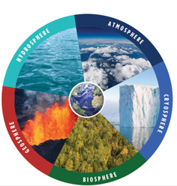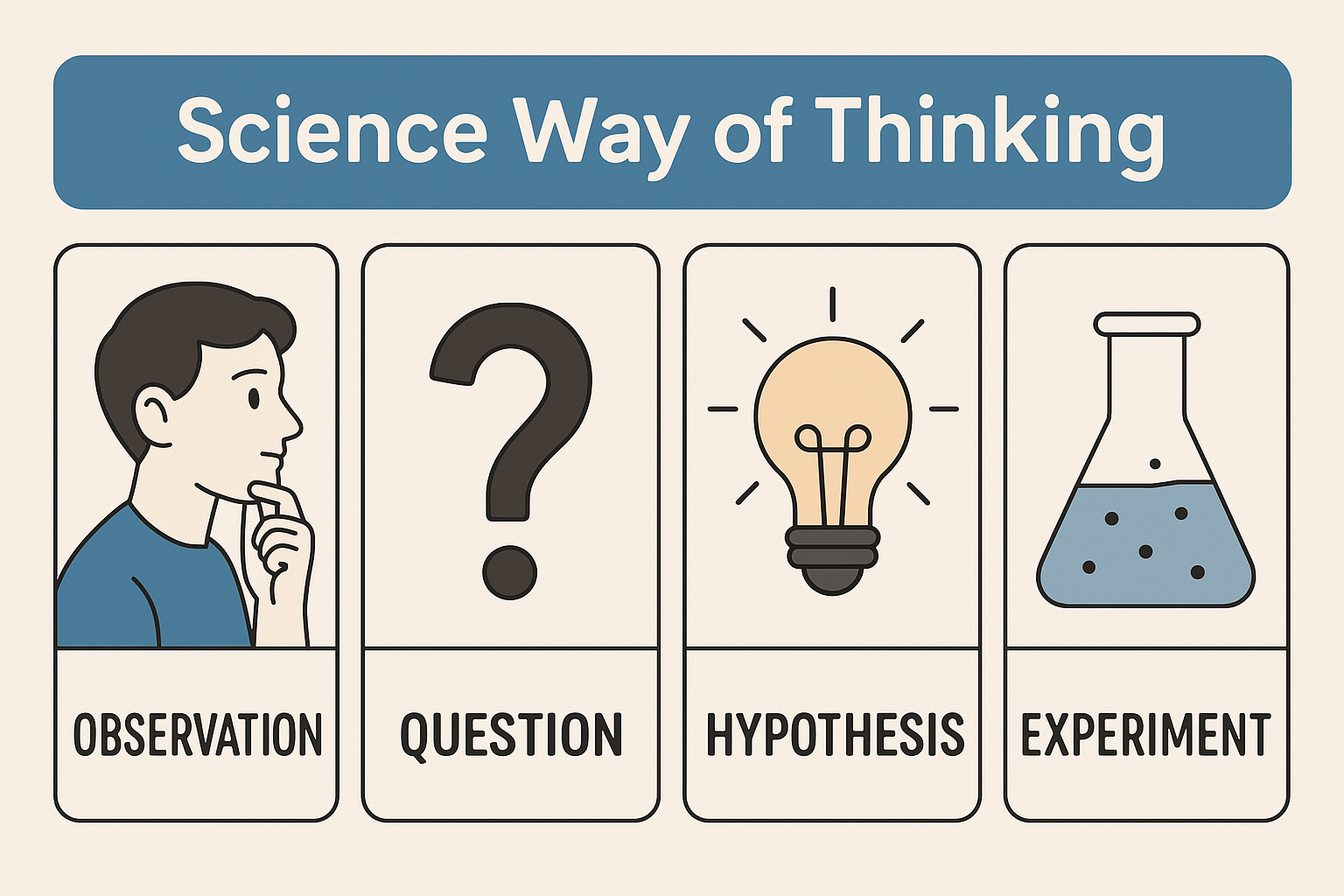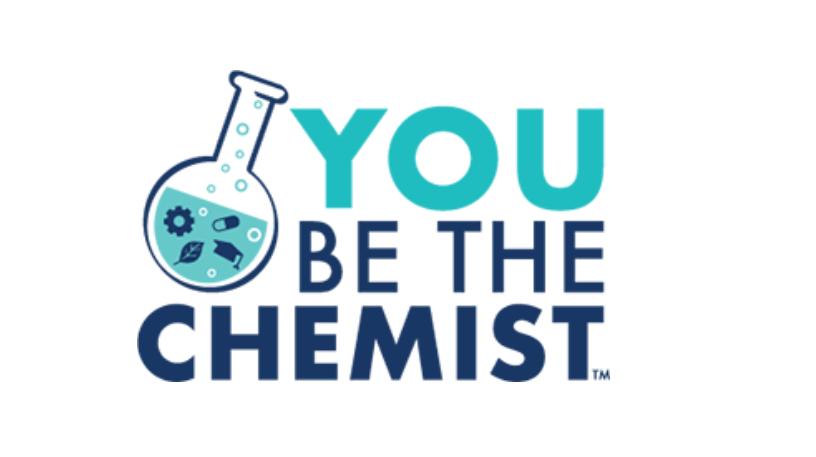Chapter 1.1


1.1 - Sustainability
Sustainability means finding ways to meet our needs without compromising future generations’ ability to meet theirs. Sustainability requires us to understand how people, habitats, and economic systems are interrelated.
Chapter 2.1


2.1 Science a way of thinking
Science is a systematic way of thinking and learning about the physical and natural world through observation and experimentation .
Chapter 3.1


3.1 Measurement
Measurements provide scientists with a quantity . A quantity describes how much of something there is or how many of something there are
Chapter 4.1


4.1 - Classification of Matter
It’s about meeting our needs today without making it hard for future people to meet theirs.
Chapter 5.1


5.1 - Atomic Structure
All matter is made up of atoms of elements . Elements are known as the building blocks of matter and cannot be broken down chemically into simpler substances . The elemental form of any substance is made up of only one type of atom
Chapter 5.1


6.1 The Periodic Table & Forces Of Attraction
Locate elements on the periodic table. • Distinguish between the different elemental groups on the periodic table. • Describe the periodic trends for electronegativity, ionization energy, and atomic radii.
Chapter 7.1


7.1 Chemical Formulas & Bonding
• Identify the Lewis symbols for different elements. • Identify and write chemical formulas using chemical symbols. • Recognize common chemical compounds and their formulas.
Review Questions - 1


Review Questions - I
Review questions designed for extra practice. These practice problems help you understand key concepts, remember important facts, and build confidence as you learn